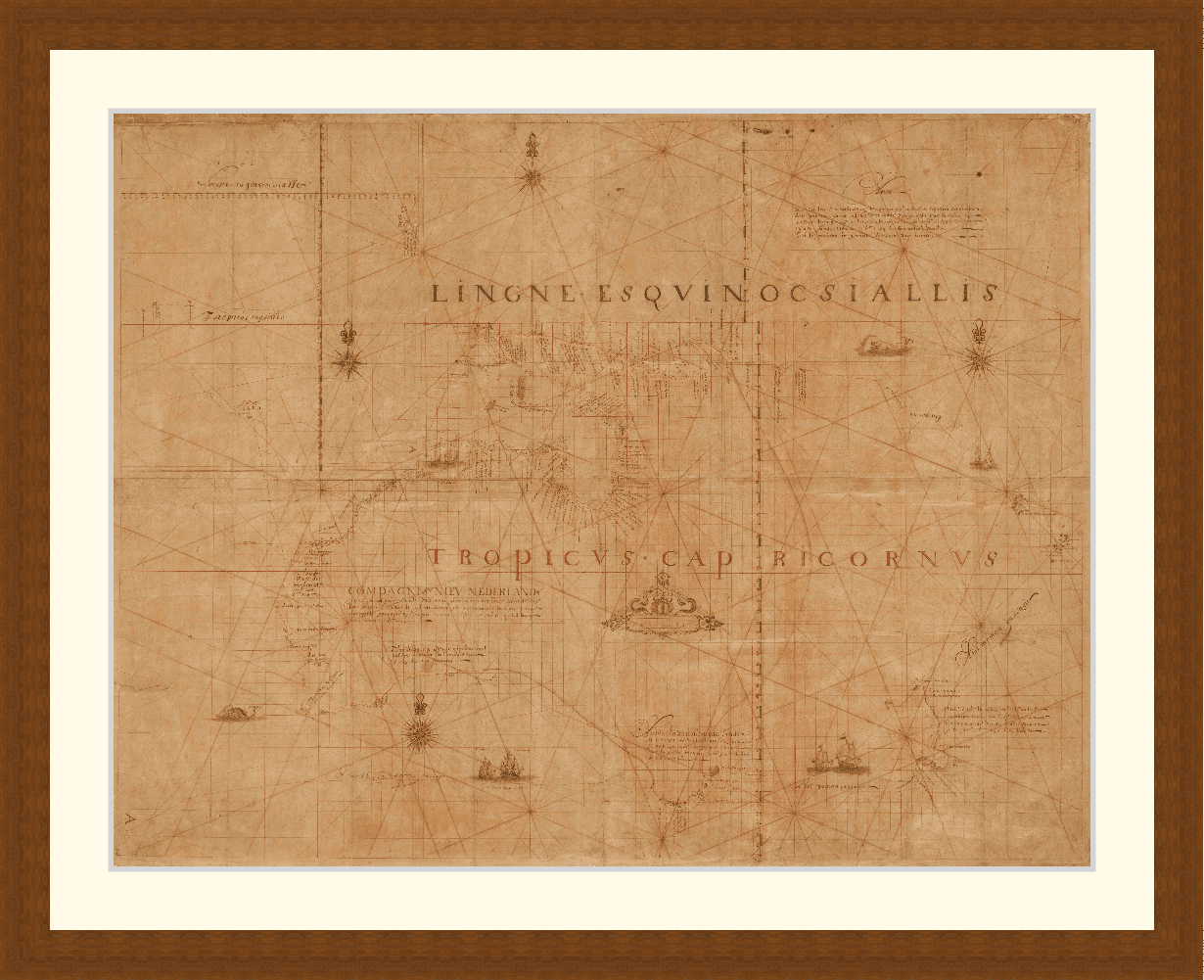Reading time: 10 minutes
During World War Two, most Australians deployed to Malta were based in the southern half of the island. If you plan to visit this enchanting Mediterranean island, this article will give you an overview of what there is to see and do in this area as well as in the capital Valletta and the Three Cities on the north coast.
By Julia Hammond.
Where to stay
The city of Valletta was officially recognised as a World Heritage Site by UNESCO in 1980, and has 320 monuments within an area of half a square kilometer, making it one of the most concentrated historic areas in the world. It is sometimes called an ‘open-air museum’, and it’s easy to see why. Valletta was also chosen as the European Capital of Culture in 2018. If you can stay within the iconic wall of the city, it is the best location to get the full experience of historic Malta.
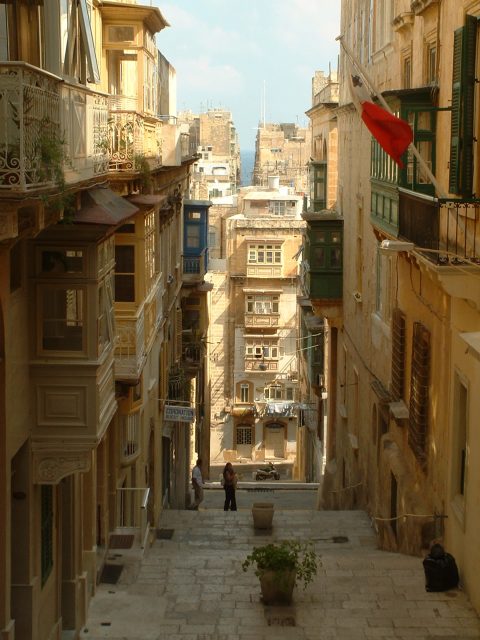
In Valletta, the best place to stay is the iconic Hotel Phoenicia Malta. This glamorous property – the island’s first five star hotel – embodies sophistication and luxury but has a price tag as high as its standards. Casa Asti, a stylish guesthouse occupying a 400 year old townhouse, has bucket loads of charm for those on a more modest budget. The Embassy Valletta Hotel has a great rooms and a spectacular rooftop bar and pool to take in the sights of Valletta from on high. It is also located on Strait St, the beating heart of Second World War Malta, famous for its pubs, bars and brawling servicemen!
Alternatively, choose a hotel room or apartment in a coastal resort such as Sliema, St Julians or Paceville. These are all well connected to Valletta by bus or taxi, but have enough going on if you prefer to stay put for the evening. St Paul’s Bay is another popular area but is further from Valletta towards the north east of the island.
Where to eat and drink
In Valletta and the northern resorts, there’s no shortage of cafés, restaurants and bars to suit all budgets. You’ll also find plenty of choice in Mdina, where eateries litter the old city. Maltese cuisine is easy to find, but especially good at Gululu in St Julians and Rubino in Valletta. Also in Valletta, Legligin Restaurant provides fantastic tasting menus of traditional Maltese cuisine, paired with Maltese wine, both are highly recommended!
Locally caught fish is another must-try. If you visit Malta between August and December you should certainly try lampuki (mahi mahi); its delicate flavour means it’s in high demand. Rabbit (fenek) is another traditional favourite, typically cooked as a stew with red wine and garlic. Ice cream parlours abound for those that have a taste for gelato.
How to get around
Malta is well-connected by bus, though if you’ve chosen to stay outside the capital, be aware that most journeys would require you to transfer in Valletta’s bus station, located on the edge of the old city. The frequency of service varies. For instance, from Sliema into Valetta there’s a bus every 20 to 30 minutes from early morning to late at night. In contrast, to reach the pretty harbour village of Marsaxlokk the hourly service finishes early evening. There are also several airport buses which shuttle to and from Valletta and also the major resort areas. Uber is available, as is Bolt, a similar local alternative.
If you’re planning to visit smaller villages and parts of the countryside, you’ll appreciate the flexibility of renting your own car. Malta drives on the left and outside the capital, traffic is rarely a concern. All the major rental companies are represented at the airport, but some have offices in resorts such as Sliema and St Julians if you prefer not to have a car for the entire duration of your stay.
Planning a visit to this battlefield?
Fill in the form below and a History Guild volunteer can provide you with advice and assistance to plan your trip.
Things to do and see
Valletta
Malta’s capital packs a lot into a relatively small space: elegant balconied townhouses, opulent palazzos and Baroque churches complement each other perfectly to create a homogenously historic whole. Beneath the city’s busy pavements lies a subterranean network of cisterns and tunnels adapted to provide refuge from the intense bombing it endured during World War Two.
But this is no open air museum. Valletta is lively and forward-thinking, embracing modern developments as it seeks to reimagine tired corners. Chosen as one of Europe’s Capitals of Culture in 2018 but long overlooked as a city break destination, visitors are only now waking up to its myriad charms.
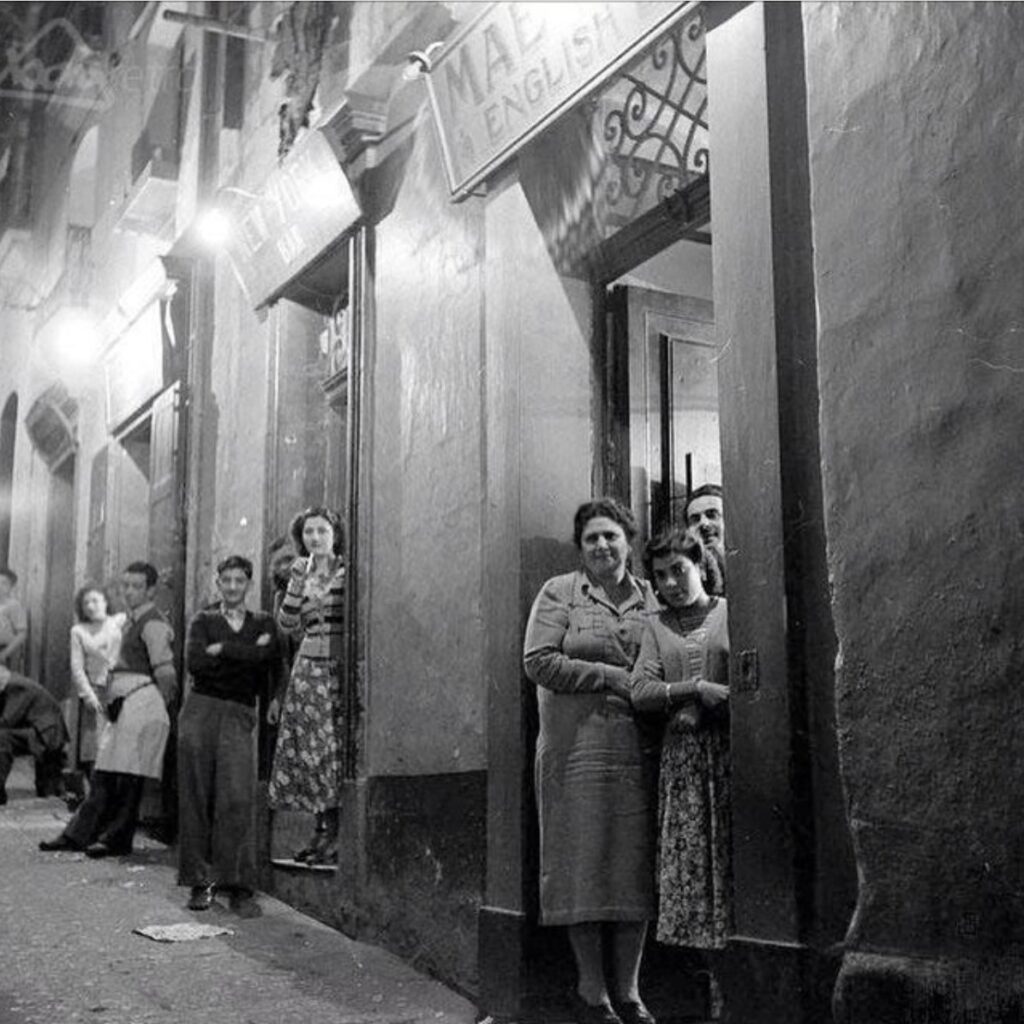
During the 19th and 20th centuries off-duty sailors and soldiers came to let off steam on Strait Street, nicknamed the Gut. It was often rowdy, loud and insalubrious, with a reputation for prostitution, drunkenness and cross-dressers – not the kind of place you’d expect in a staunchly Catholic and conservative country such as Malta. Today, this once seedy thoroughfare has cleaned up its act and it’s now characterised by stylish cocktail bars and buzzing live music venues.
Nevertheless, your first impression of Valletta is likely to be that it lacks green spaces, which makes the Upper Barrakka Gardens all the more special. Try to time your visit for noon or 4pm when the Saluting Battery attracts a crowd as the cannon is fired. At any time of day the views over the Grand Harbour are breathtaking, and if you ride the 58 metre high Barrakka Lift it’ll carry you speedily down to the waterfront.
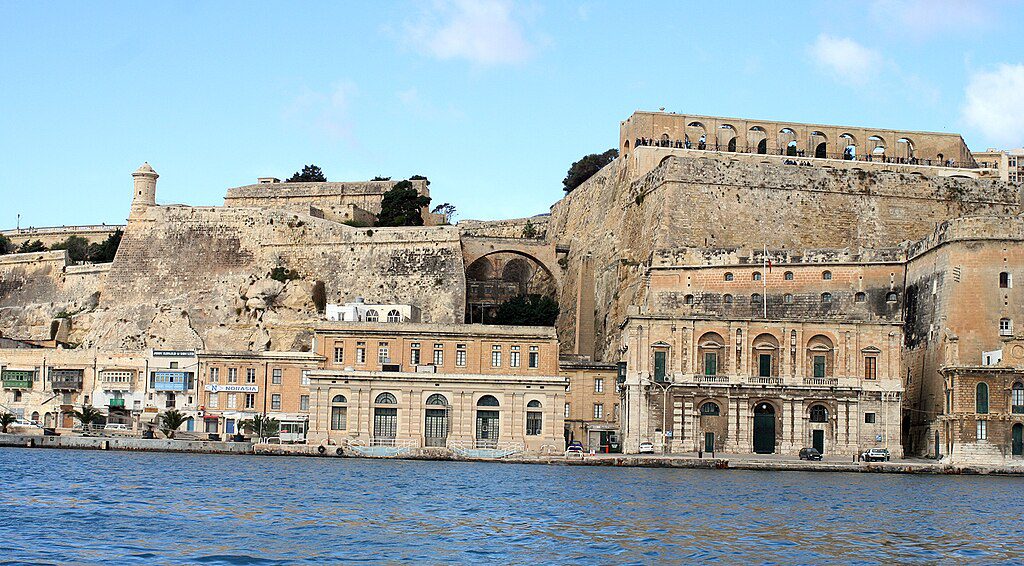
The Three Cities
The Grand Harbour (Il-Port il-Kbir to the Maltese) sits between Valletta and the Three Cities of Vittoriosa (Birgu), Senglea (Isla) and Cospicua. This part of Malta was heavily bombed in World War Two but after significant investment, it has rightly become a tourist favourite. Though you can catch the bus, it’s better to arrive by water taxi or boat, particularly if you can board a colourful dghajsa.
Vittoriosa was the first place the Knights of the Order of St John settled in 1530 and was the island’s capital before Valletta. It played a pivotal role in the Siege of Malta back in 1565. You’ll also find the Malta at War Museum, which occupies a former army barracks and rock-hewn air raid shelter. It’s packed with artefacts and exhibits that tell the story of the island in wartime, covering a multitude of topics including the award of the George Cross and Operation Pedestal.
If you’ve an appetite for another museum, the excellent Malta Maritime Museum is located nearby, while the 16th century Inquisitor’s Palace is another must. However, one of the greatest joys of a visit is simply to wander through the Three Cities’ historic streets. Be sure to admire the views back across the Grand Harbour to Valletta, especially from Il-Gardjola, the lookout in Safe Haven Gardens at Senglea Point.
Military cemeteries
To the south of the peninsula on which Valletta sits is the Pietà Military Cemetery, one of three where Australians were laid to rest. The others are Capuccini Naval Cemetery (known to locals as Kalkara) north east of the Three Cities and Imtarfa Military Cemetery in Attard, close to Mdina in the centre of the island. Malta Aviation Museum is a ten minute walk away from the latter, sited on what was once RAF Ta’Qali airfield. It is home to classic jet fighters – some in the museum workshop awaiting restoration – as well as helicopters and aviation memorabilia.
These places are also worth checking out while you’re touring south and central Malta:
Mdina
Variously called Città Vecchia (Old City) and Città Notabile (Notable City), Mdina was the capital of Malta in earlier times. You’ll enter this hilltop walled city through a grand, 18th century gate that replaced entrances that had been in place since medieval times. Inside, its historic core boasts fabulous architecture – you’ll want to check out the 18th century cathedral for its frescoes and stained glass windows – and the Palazzo Falson (known as the Norman House), built in 1495.

Wandering Mdina’s labyrinthine alleyways and streets is an absolute pleasure. They lead to pretty squares and lookouts affording breathtaking views over the local countryside. In fact, locals refer to the place as Il-Belt Siekta (Silent City) as it is largely pedestrianised. One of the best ways to arrive, therefore, to save you the hassle of finding a parking space, is on one of Malta’s vintage buses. They depart from next to the main bus station in Valletta.
Mnajdra and Hagar Qim Temples
Older still are the Mnajdra and Hagar Qim Temples that date from megalithic times, located close to the south coast about a half hour drive from Valletta. Collectively they form a UNESCO World Heritage Site together with five other temples, including Gozo’s equally impressive Ggantija Temple. Constructed during the 3rd and 4th millennium BC, they are amongst the oldest stone structures in the world.
Marsaxlokk
This extraordinarily photogenic fishing village owes a lot of its allure to the brightly coloured boats that bob in its sheltered harbour, adding a bold splash of red, yellow and blue to the soft sands and beiges of the buildings behind. Plan to spend a leisurely day here. Browse for handicrafts at the quayside market or sip a chilled glass of wine as you savour locally-caught seafood at one of the many waterfront restaurants and cafés whose tables spill out onto the cobbles.

Afterwards, hike to nearby St Peter’s Pool to swim or snorkel in the refreshing water. Take a boat trip: chug out of the harbour to admire the 19th century, British-built Fort Delimara from the water and, around the headland, get a closer look at the ancient salt pans that are still in use to this day.
The Blue Grotto
The azure waters that lap this complex of inter-connected caves are what gives the Blue Grotto its name. Framed by a remarkable wave-cut arch and offering stellar views of Filfla Island, it’s worth making the effort to visit this popular spot, a highlight of Malta’s coastline. Accessible only by boat, come when the sun’s shining to get the full effect of its beauty. As the light bounces up off the white sand of sea bed, an underwater palette of pinks, purples, oranges and greens shines bright.
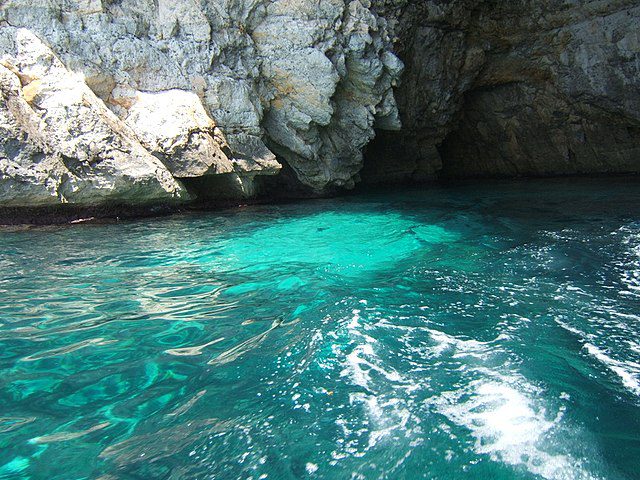
It won’t take long for Malta to work its magic. But the many facets of this Mediterranean melting pot make it a rewarding destination for travellers, so allow it as much time as you can afford.
Read more about the part that Australians played in Malta during the Second World War. Malta has the unique distinction of the entire population being collectively awarded the George Cross, due to their resolute determination in the face of the siege they were subjected to by the Germans and Italians. It has a fascinating history, not just from this period, but both before and after this time, and is well worth exploring.
Interactive Map of Malta during WW2
Podcasts about Australians in the Mediterranean during WWII
Articles you may also like

3 Squadron RAAF – Podcast
As the Allied armies fought across North Africa, first against the Italians and then the Vichy French and Rommel’s Afrika Korps, one squadron of the RAAF was there from the beginning. No. 3 Squadron was the first RAAF squadron to leave Australia and played an important part in many of the important battles from 1940 to 1943 across North Africa, Tunisia and Sicily.
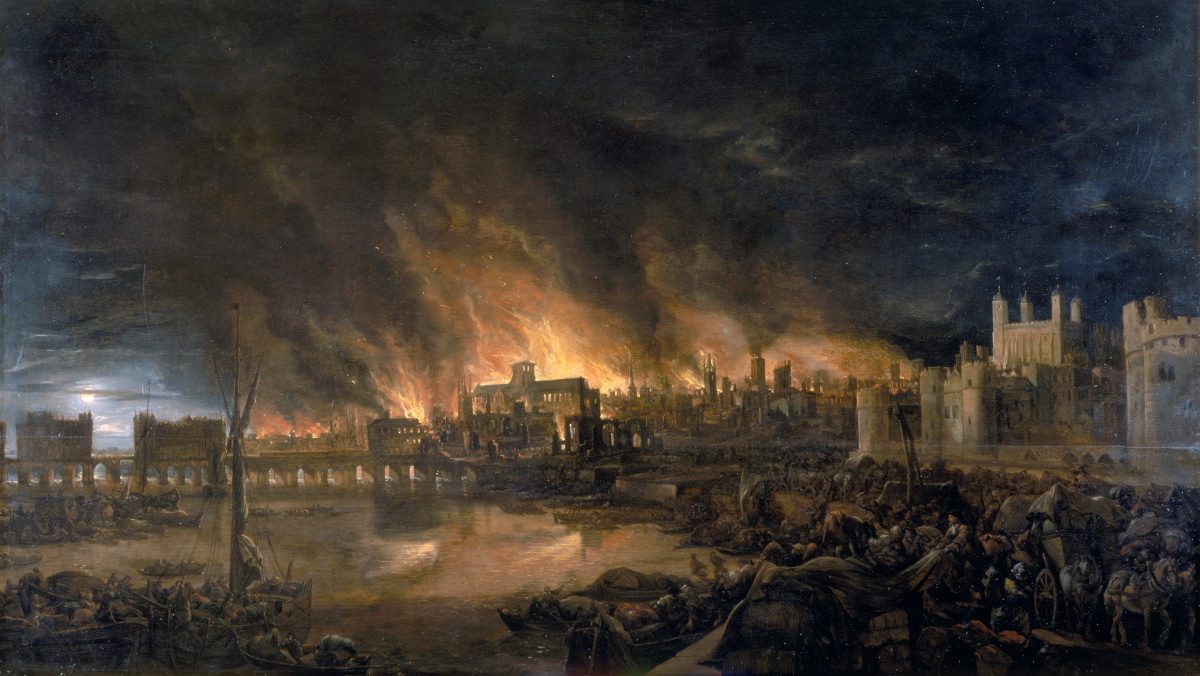
Would London Fire Brigades really let your house burn down if you were uninsured?
Reading time: 4 minutes
Here’s an interesting fact: if you didn’t pay your insurance premiums in 17th and 18th century London, firefighters would simply let your house burn, even if they were on the scene. This fact has been repeated many times by many people, so it must be true, right? Or is it?
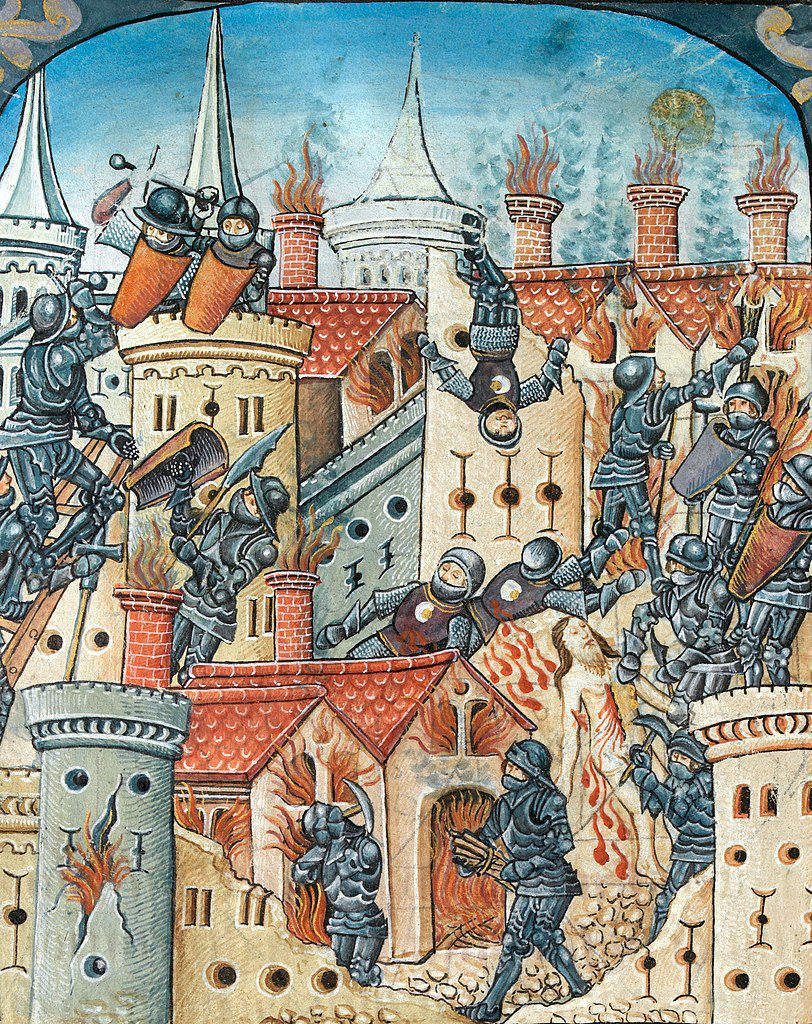
General History Quiz 93
1. In Medieval Europe what was referred to as ‘Outremer’?
Try the full 10 question quiz.
The text of this article was commissioned by History Guild as part of our work to improve historical literacy. If you would like to reproduce it please get in touch via this form.



